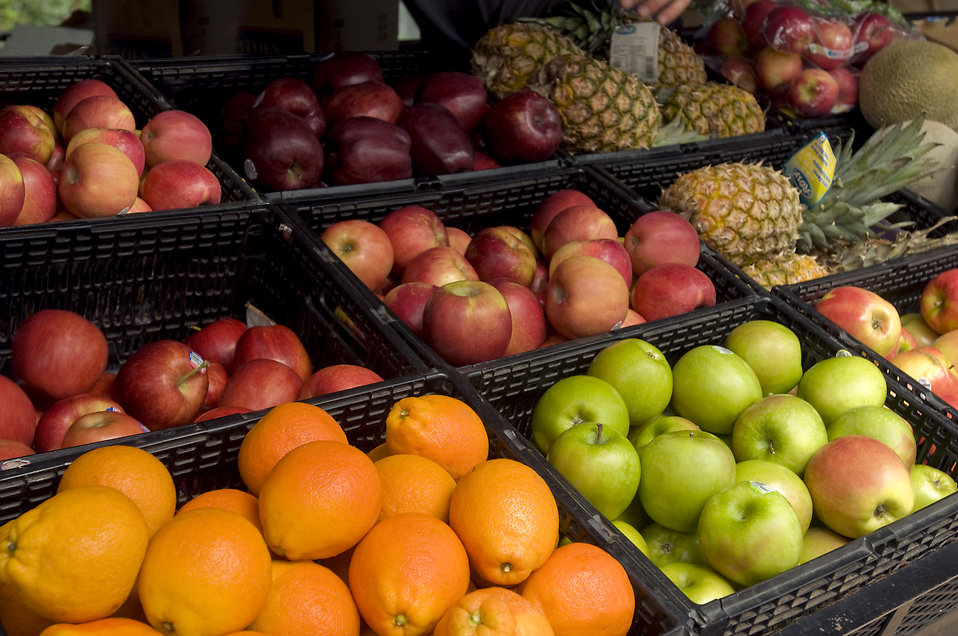As we are learning more and more about the foods we consume and the negative effects of Trans Fats and high fructose sugars, it is important that we pass along this knowledge to the future generations in the form of healthy eating habits. Fast food is becoming more prominent and it is often the first choice strictly out of convenience and availability. However, what many families tend to forget is that healthy options are very simple to prepare and can be done in minutes as part of each morning routine.
For younger students, it is essential to provide nourishing lunches and snacks as they will certainly need the energy from proper nutrients to learn and play. Without this energy, many students often become tired or distracted during the teacher’s lessons. It is also important to remember that these will be meals eaten in the classroom which will be one of the major sources of vitamins and minerals for your child to grow over the years. If the student is provided with tasty and healthy options during their younger years it will be more likely that these positive eating habits will continue into their teenage years when greasy cafeteria food will always be on the menu.
When preparing a healthy lunch, it is important to cover all of the bases: the four basic food groups of Grain Products, Fruits and Vegetables, Dairy Products, and Meat and Alternatives. A sandwich may contain each of the food groups, but it is important to get proper serving sizes of each group as well. Excellent examples of simple to prepare foods from each food group include:
Fruits and Vegetables
Pepper strips (red, yellow or green), cherry tomatoes, broccoli or cauliflower heads, mango slices
Grain Products
Pita bread, pasta, whole grain crackers, muffins
Dairy Products
Yogurt, milk, cheese cubes, cottage cheese
Meat and Alternatives
Tuna/salmon, sliced ham, eggs (hard-boiled or scrambled), baked beans
A bigger lunch is not necessarily a better lunch either as many studies have shown that more numerous smaller meals spread across the day boost metabolism and energy levels. Many school boards have already split their long, central lunch break into two shorter ones for students. Therefore, foods that can be eaten across multiple breaks are excellent choices for students such as sandwiches or pitas that have been cut in half, or finger foods that can be resealed in a container. Snacks should also be provided for your child as smaller meals that may contain one or two of the food groups. An excellent example would be a container of yogurt with a muffin or whole grain crackers with cheese cubes.
It is also important to keep your child’s taste buds “fresh” with new foods regularly. This can be as simple as changing the types of bread, lettuce or cheese in their sandwiches or offering vegetables sliced in different ways. If your child is very particular about their foods, you may have to try new foods more than once as their tastes may change from day to day and they may start to like something they didn’t before! Having the student help in preparing the lunch will also ensure they enjoy their lunches: providing various healthy options for them to choose from in the morning will teach them to make these choices again later in life. For younger students, send a note to the teacher or lunchroom supervisor asking them to make sure all uneaten food is returned home instead of thrown out so that you can better understand what your child doesn’t like to eat.




